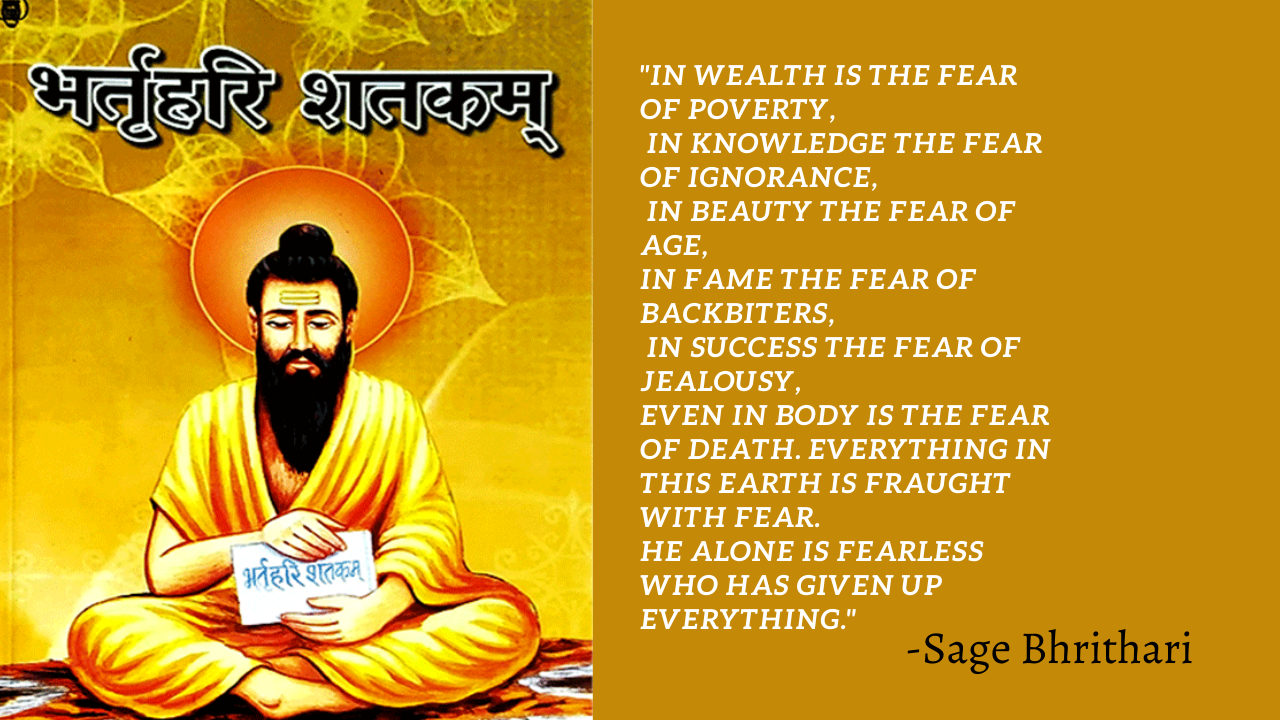How AI explains Consciousness - Vedantic Remark on AI
India is known for its polytheism. It has diverse cultures, diverse beliefs and manifold gods and goddesses to worship.
According to the stereotype, a religious person is he/she who believes in the existence of God. But in reality, this question "Does God Exist?" is a very errenous question, with broken representation and misleading meaning.
For Buddha, religion did not start by believing in a certain God. It started by asking a simple but a pinning question, "Why is there so much suffering?" "What is the point of life?" "Who AM I?"
Again, we see an astonishing aspect religion, essence of spirituality - when we study Vedanta, the Upanishads.
It is entirely, consistently talking about Human Life and a self-enquiry of our core, rather than following certain systems of worship (which we call religions).
A couple thousand years ago, a young man from South India, Adi Shankara, covered by foot the length and breadth of India - preaching the message of Advaita Vedanta - "I am not the body, not the mind, neither sensory experiences. I am the Eternal Consciousness."
But what's the proof I am not the body and mind? Why can't we logically derive that?
The Taittiriya Upanishad does exactly that.
The Taittreya Upanishad provides the reader a rational approach of self-inquiry. It does not concern with Gods and Goddesses, but deals with this question 'Who am I?' It basically tries to point out the Atman, or consciousness as beyond material boundaries.
Let me, very briefly, tell you what it is about.
It goes on to methodically and systematically eliminate five sheaths of the body, the Pachakoshas, by these following arugements :-
1. Drashta-Drishya
"I" am the seer, the body is the seen. The mind is the seen (Drishya) and the thoughts are the Drishya.
Now, Drashtaa and Drishya cannot be the same, hence I am not all of that.
Here, Drishya does not literally mean 'seeing by eyes' but just being able to "note down" its presence. The one which note downs the presences of all this, can be intuitively felt separated by all that is Drishya.
Consciousness is the Drashta.
Body, mind, thoughts and this world canvas - is Drishya.
2. Chetana-Jada
We can notice that we are aware of our body, mind, thoughts, but on the contrary, they themselves are not aware of me, or themselves even.
"Through ME they are aware". Hence This "I" is Chetana. Rest is Achetana.
It is the self which illumines our sensory experiences.
Even a totally paralysed, blind and deaf person is living - just because he/she can "notice" his/her presence. Not because of sensory control.
3. Vikaar-Nirvikaar
In childhood, in young age, in forties and yet even in old age; we claim that "All of that is ME" but still your joys changed, your priorities changed, your buddhi changed. Hence, body, mind, thoughts changed - still "I" is all the same.
In this way, Tattiriya Upanishad eliminates Annamaya Kosha, Pranamaya Kosha, Manomaya Kosha, Vigyaanamaya Kosha and then Anandamaya Kosha systematically.
Finally coming back to our topic, now, this is how I connect it with ChatGPT.
Whenever asked "Who are you?"
We don't say we are this body. We are convinced that we're not just our bodies atleast.
But "mind" and "intelligence" is a factor we aren't comfortable to eliminate.
We think that this "thinking" is what we call as "me".
But now this ChatGPT proves that even intelligence can be reproduced. Without "thinking", ChatGPT's "processing" can do things much more efficiently.
Hence, it is an extraordinary revelation we all must notice. How closely we can imitate intelligence, proves that how futile it is, to determine and comment about life and consciousness.
Here we stop our mental gymnastics for now!
Thanks,
Daksh Parekh.



Comments
Post a Comment